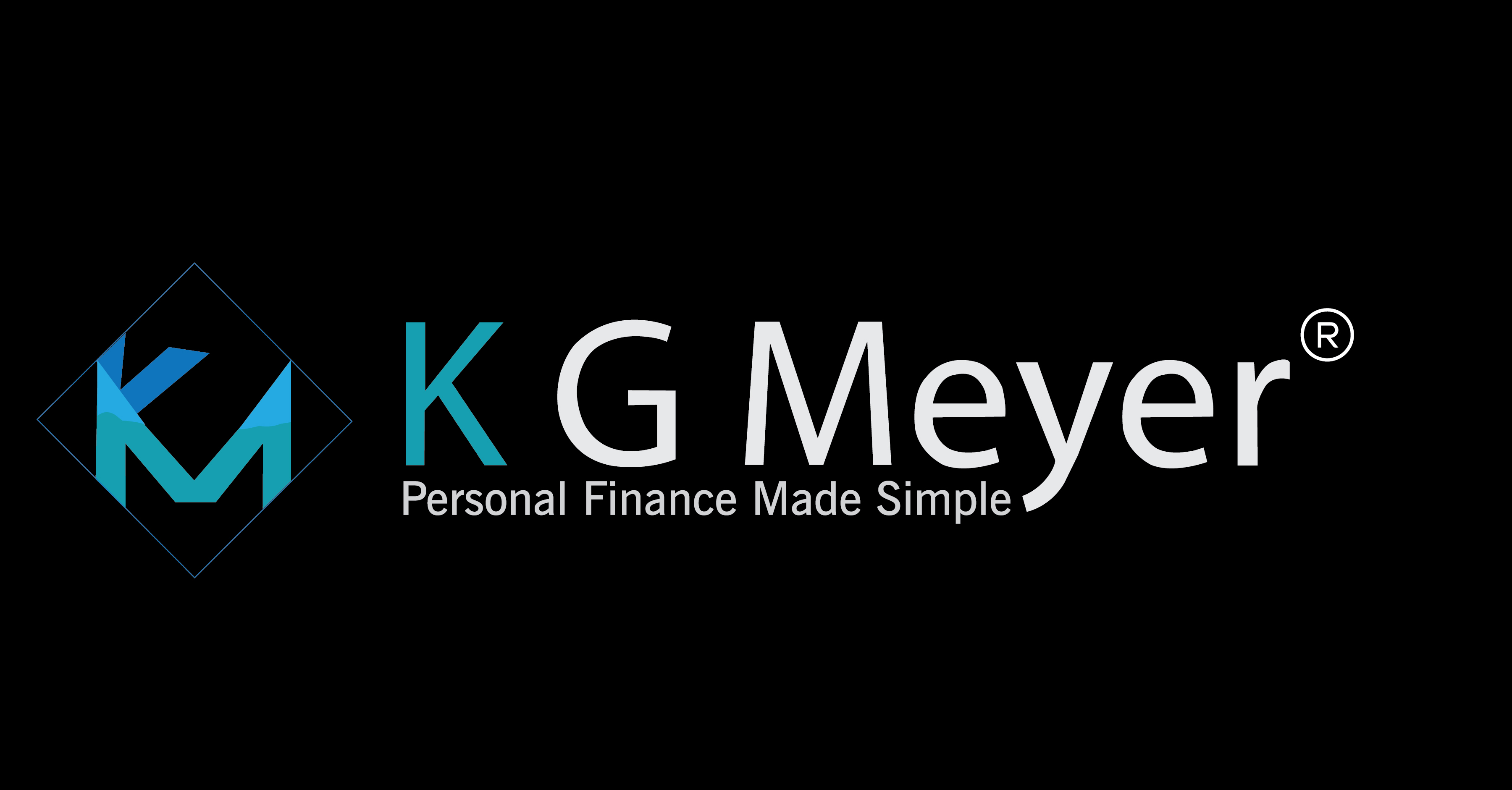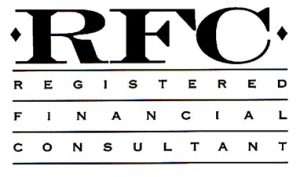With the bull market hitting a decade in existence it may be time to look elsewhere for investing opportunities. I am in no way suggesting that you should abandon the US markets, but there are indeed three ways to enhance your potential returns with the use of low-cost exchange-traded funds or ETF’s. Here are four rather basic ways in which you may be able to increase your portfolio’s returns for many years to come.
Foreign Markets
One area that may be of interest to US investors is the area of foreign markets, both developed and emerging markets. If one were to look at how the developed international markets have performed compared to the US markets it may be the right time to invest overseas. While the US markets were on a decade, the long bull market run international markets have been relatively flat in nature. And this has not been limited to developed nations as the emerging markets have stalled as well due to lower commodities prices especially lower costing crude oil. But in recent months oil has been creeping higher which means emerging markets may see some relief and thereby higher prices in their equities. And while these international markets have been depressed, it may be time for them to revert to their mean averages for growth. After all, the markets look forward and not in the past to see where they will go next. But that is not to say that past performance will in any way predict future returns.
Another reason why international prices have been lower is due to a relatively strong US dollar. Consider the Euro and its prices over the past few years. At the end of 2014 one Euro was worth $1.379 US dollars. Then at the end of 2016, that same Euro was worth $1.060 US dollars, and more recently the Euro has bounced back to around $1.125 US dollars per Euro. While the dollar appears to be weakening against the Euro, it is still lower than it was at the end of 2014. This means things produced in the Eurozone can be sold for less in the US and possibly around the world. This, in theory, means more revenue for firms that operate mainly with Euros. And for this reason, the price of European stocks should strengthen some for years to come. And many emerging markets are seeing the same reaction when compared to the US dollar meaning the prices of their shares should strengthen as well.
So how do you invest in the international markets cost-effectively? With the use of low-cost ETF’s of course. One way to invest both in the US and the international market is through the use of Vanguards Total World ETF (VT) which is made up of about 45% international assets and of that 45%, seven percent are emerging markets. And the best part is the fund only costs 0.14% annually. But if you wanted to exclude the US markets in a low-cost fund look at the Vanguard All-World ex-US ETF (VEU). This fund has about 15% in emerging markets with a low annual fee of 0.13%.
Inflation
Okay, inflation has not been exactly an issue since the Great Recession, but it may make a difference over the next decade or so as it to reverts to the mean. Since 2009 inflation has been hovering around 1.9% or so with it also creeping back up towards its 40-year historical average of 3%. Yes, during the recession as in many recessions prices did fall causing the inflation tracking Consumer Price Index (CPI) also to fall. But in recent years the CPI has been slowing showing prices to be increasing. For the better part of a decade, US wages also showed stagnation with there being some modest increases in the previous few years. And finally, with there being what is considered full-employment in the US wages will most likely continue to see increases as there are not enough workers to fill existing jobs, not to mention any new jobs that are created in our strong economy.
So where do you invest in an environment where inflation is seen getting closer to its historic 3%. One safe and inexpensive option is an ETF that invests in the US Treasuries Inflation-Protected Securities or TIPS. Here your best bet is the low-cost ETF from Schwab (SCHP) that invests in US TIPS at a modest annualized cost of 0.07%.
Healthcare
In any developed economy, and especially aging one, healthcare plays an important part in a country’s Gross Domestic Product (GDP). Consider that in the US from 2009 to 2014 the US’s spending on healthcare rose almost half a trillion dollars to $3 trillion annually. And some studies indicate that it will continue to rise at about 7% annually for the foreseeable future. And this is not just limited to the US but can be seen in most developed nations that are aging. After all, it is estimated that almost 11% of the world’s population will be over the age of 65 this year. That means healthcare costs are not likely to be going down as we tend to spend more on healthcare the older we become. And healthcare expense is becoming an increasing part of emerging market’s GDP’s as they see their middle class grow as their economies grow.
Investing in this sector gives a person a little flexibility depending on the risk that they want to take in the area of healthcare. If you were inclined to own the entire sector at a low-cost look at Vanguard’s Health Care ETF (VHT) that costs a mere 0.09% annually with about a quarter of its assets in riskier biotech’s as compared to more mature companies such as the general producer Johnson & Johnson and established pharmaceuticals like Merck, but if you were inclined to take the risk and invest solely in biotech’s that may or may not be profitable look at an ETF similar to SPDR S&P Biotech ETF (XBI) at a higher 0.35% annualized fee.
Low-Cost are Key
Something that I think can and will play a major role in your portfolio is what the size of the fees you pay are and will be. In recent years just about the same amount of money that has been pulled off of higher costing actively managed funds is flowing into passively managed indexed funds. Why does this matter? Well, consider that most actively managed funds fail to be the index that they are compared to it is no wonder why people are pulling their funds out of these products. So let us put this theory to an actual hard number example of $10,000 invested for 30 years at a 7% annualized return with the only difference being the fees charged by the fund in which we invest. One of the funds charges 1.5% annually and grows to an impressive $49,800. But the second fund only charges 0.5% and grows to an even more impressive $66,100 or more than $16,000 more just due to a meager 1.0% difference in fees. As you can see the lower the fees, the more your portfolio will grow.
These are just four areas that I think a person can invest in over the next decade with little fear other than what they decide they are comfortable taking. Also, as you can see the key to any successful investments is the lower the fees you pay, the more your portfolio will return. While no one can predict what the future will mean for the markets, I do believe that these areas are prime for long-term investing.
For more information feel free to contact me directly or leave a message here. And for a free PDF on the basics of a financial planner and my email newsletter fill out the form below.



